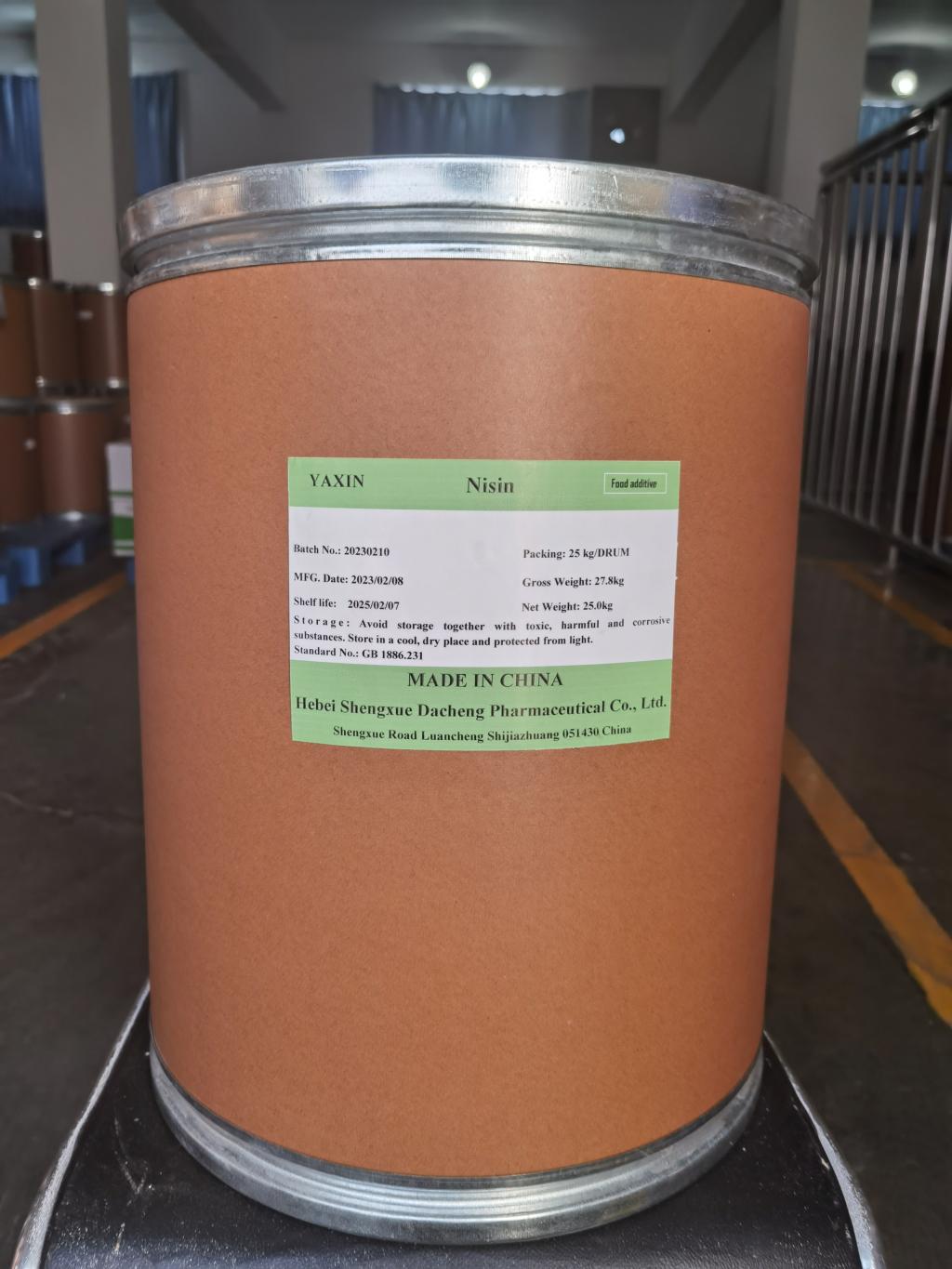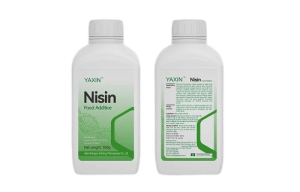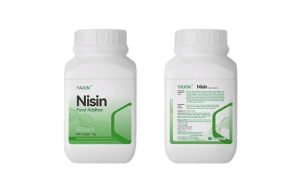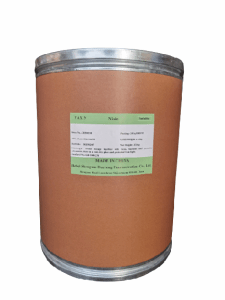Tel:+8618231198596

News
 CONTACT
CONTACT
 CONTACT
CONTACT
- Linkman:Linda Yao
- Tel: +8618231198596
- Email:linda.yao@dcpharma.cn
- Linkman:CHARLES.WANG
- Department:Overseas
- Tel: 0086 0311-85537378 0086 0311-85539701
News
Future trends in nisin research and development.
TIME:2024-10-29
1. Enhancing Nisin’s Antimicrobial Spectrum
One limitation of nisin is its primary effectiveness against Gram-positive bacteria, leaving Gram-negative bacteria less affected due to their protective outer membrane. Future research is focused on modifying nisin’s structure to increase its potency against Gram-negative bacteria. Advances in bioengineering and synthetic biology may make it possible to develop nisin derivatives with altered amino acid sequences or novel structures that improve permeability to Gram-negative cells.
Another area of exploration is combining nisin with agents like EDTA (ethylenediaminetetraacetic acid) or essential oils that can disrupt the outer membrane of Gram-negative bacteria, allowing nisin to penetrate more effectively. These combinations could expand nisin’s applications across a wider range of bacteria, increasing its effectiveness as a broad-spectrum antimicrobial.
2. Nisin Encapsulation and Delivery Systems
To improve nisin’s stability and control its release in various environments, encapsulation technologies are being explored. Encapsulation involves embedding nisin within protective materials such as liposomes, nanoemulsions, or biopolymer coatings, shielding it from environmental factors like high temperatures, pH variations, and enzymatic degradation.
For instance, liposome-encapsulated nisin can offer controlled release, maintaining a steady antimicrobial effect over time, which is particularly valuable in food and pharmaceutical applications. Encapsulation not only improves nisin’s shelf life and effectiveness but also provides new ways to incorporate it into packaging materials or food products, enhancing preservation while ensuring safety.
3. Synergistic Combinations with Other Antimicrobials
One promising trend is the combination of nisin with other antimicrobial agents or preservation techniques. Research has shown that combining nisin with natural antimicrobials, such as essential oils (e.g., thyme or rosemary oil), can have synergistic effects, significantly enhancing overall antimicrobial activity. This synergy can be especially useful in applications where nisin alone may be less effective.
In addition, integrating nisin with advanced preservation techniques such as high-pressure processing (HPP) and ultraviolet (UV) irradiation has shown potential for significantly reducing microbial load while preserving food quality. These methods could pave the way for “clean label” solutions, allowing companies to reduce or replace synthetic preservatives with a combination of natural agents and advanced technology.
4. Nisin in Biodegradable Packaging Materials
The development of antimicrobial packaging materials is a growing area of interest, particularly as consumers and companies shift towards sustainable, biodegradable packaging. By embedding nisin directly into biodegradable packaging films, it’s possible to create active packaging that inhibits bacterial growth on food surfaces, extending shelf life without the need for additional preservatives.
Researchers are investigating the best ways to incorporate nisin into biopolymer films, such as those made from chitosan or polylactic acid (PLA). These films can release nisin gradually, ensuring that foods are protected over extended storage periods. Such packaging could transform how perishable foods are stored, transported, and sold, supporting waste reduction and sustainability goals.
5. Nisin’s Therapeutic Applications in Medicine
The rise of antibiotic-resistant bacteria has opened up interest in exploring nisin’s potential in the medical field. Due to its natural origin and specificity, nisin presents an attractive alternative or complement to traditional antibiotics. Research into nisin’s effectiveness against antibiotic-resistant strains like Methicillin-resistant Staphylococcus aureus (MRSA) and Clostridium difficile is underway. Early studies indicate that nisin may be effective against these pathogens without causing significant harm to human cells, making it a viable candidate for treating topical infections, wound care, and even biofilm-related infections.
Future developments may include nisin-based topical gels, wound dressings, or biodegradable medical implants that release nisin locally to control infections, especially in cases where conventional antibiotics fail. This could not only reduce dependence on antibiotics but also help in managing infections more effectively in clinical settings.
6. Genetic Engineering for Enhanced Nisin Production
To meet the growing demand for nisin, especially if new applications emerge, genetic engineering may be employed to improve production yields. By modifying the genetic makeup of Lactococcus lactis or other microbial hosts, scientists aim to increase nisin output and reduce production costs. This approach could also enable the production of new nisin variants with enhanced properties, such as greater stability, wider antimicrobial spectrum, or increased efficacy.
In addition, advances in fermentation technology are being explored to streamline nisin production, focusing on optimizing culture conditions and production processes. Improved nisin yields could make it a more economically viable solution for industries ranging from food to pharmaceuticals.
Conclusion
The future of nisin research and development holds exciting possibilities, from expanding its antimicrobial spectrum to exploring new delivery systems and applications beyond food preservation. As a natural and effective antimicrobial, nisin is well-positioned to play a key role in addressing modern challenges in food safety, sustainability, and healthcare. Advances in formulation, synergy with other antimicrobials, and genetic engineering could further elevate nisin’s effectiveness and accessibility, making it a versatile and valuable tool in both the food and health sectors. As innovation in this area continues, nisin may well become a cornerstone in the next generation of natural antimicrobials, supporting global efforts toward safer food, reduced waste, and more sustainable practices.
- Tel:+8618231198596
- Whatsapp:18231198596
- Chat With Skype







